
Tag Archives Beneficial insects

Manitoba 2025 grasshopper season gets early start
Proper identification, aiding natural predators, weather, spraying can all play into grasshopper control on the Canadian Prairies

B.C. company pitches bee health tool
ApiSave says product will boost bee immunity to overcome health challenges
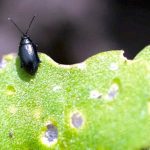
Watch early for insect crop pests
Scouting early can help Manitoba farmers protect against crop-damaging insects this year
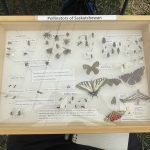
Creating a pro-pollinator farm
Limiting tillage and creating habitat for beneficial insects can pad the producer’s bottom line

Making regenerative ag work in potato production
Colorado regen potato grower shares lessons for Manitoba
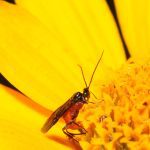
Army in place to fight crop insect pests
There’s a natural defence insect force guarding grain fields
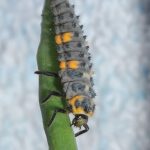
The under-recognized aphid eaters
The larvae of lady beetles are less commonly identified, but take just as big a bite out of crop pest populations
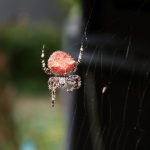
Comment: Lessons learned from spider guts
Spider stomach contents can sharpen our understanding of their role in agricultural pest control
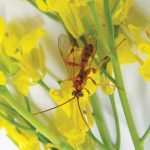
Beneficial insects bring farmer benefit
They’re an often overlooked limiting factor for crop eating pests

Protecting insect workers
A little management can go a long way towards keeping this unpaid workforce on your farm


